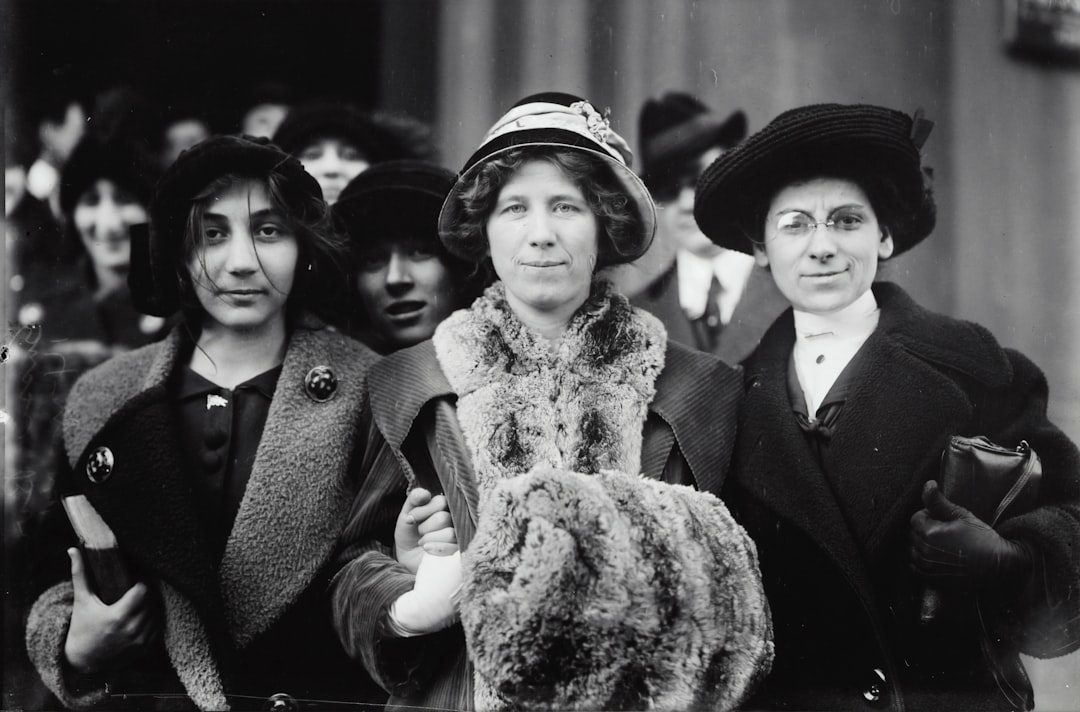Introduction:
The Women’s World Cup is a global event that brings together the best female football players from around the world. Held every four years, this tournament provides a platform for these athletes to showcase their skills and compete at the highest level. It is an opportunity to celebrate their accomplishments, challenge gender norms, and inspire future generations of female athletes.
Historical Background:
Women’s football has a rich history that dates back to the late 19th century when the sport was played primarily for recreation. However, it was not until the 1970s that the first international women’s football tournaments took place. Since then, the popularity and professionalism of the sport have grown significantly, leading to the establishment of the Women’s World Cup in 1991.
The Rise of Women’s Football:
Over the years, women’s football has experienced exponential growth and recognition. The Women’s World Cup has played a crucial role in this development by providing a platform for female athletes to gain visibility and break stereotypes. The tournament has witnessed remarkable moments and achievements, captivating audiences worldwide and inspiring countless young girls to pursue their dreams in sports.
Success Stories:
The Women’s World Cup has witnessed exceptional performances and success stories that have left a lasting impact on the sport. Players such as Mia Hamm, Marta, and Abby Wambach have become household names, not only for their on-field abilities but also for their dedication to promoting women’s football and gender equality in sports. These players have used their platforms to advocate for equal opportunities and inspire girls to believe in their abilities.
Challenges and Progress:
Despite the remarkable progress made in women’s football, there are still challenges to overcome. The gender pay gap, unequal media coverage, and limited investment in women’s sports are some of the key issues that need to be addressed. However, the Women’s World Cup has been a catalyst for change, pushing for greater equality and creating opportunities for female athletes to shine.
Inspiring the Next Generation:
One of the most significant impacts of the Women’s World Cup is its ability to inspire the next generation of female athletes. As young girls watch these talented football players compete on the global stage, they see possibilities and potential within themselves. Representation matters, and the Women’s World Cup showcases the diversity and talent of female athletes, making it easier for young girls to envision themselves as professional footballers.
The Importance of Gender Equality in Sports:
The Women’s World Cup not only celebrates the talent and achievements of female athletes but also highlights the importance of gender equality in sports. It challenges societal norms, breaks down barriers, and paves the way for a more inclusive and equitable sporting landscape. By giving women a platform to showcase their skills and passion, the tournament sends a powerful message that no dream is too big and no goal is unattainable, regardless of gender.
Conclusion:
The Women’s World Cup is a celebration of the power and talent of female athletes. It showcases their achievements, challenges gender stereotypes, and inspires young girls to believe in their abilities. The tournament highlights the progress made in women’s football while emphasizing the need for continued efforts towards gender equality in sports. As we cheer on our favorite teams and players, let us remember the impact this tournament has on shaping the future of women’s sports worldwide.




